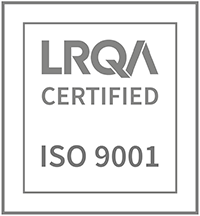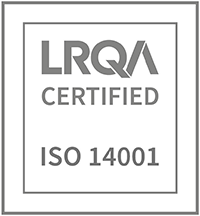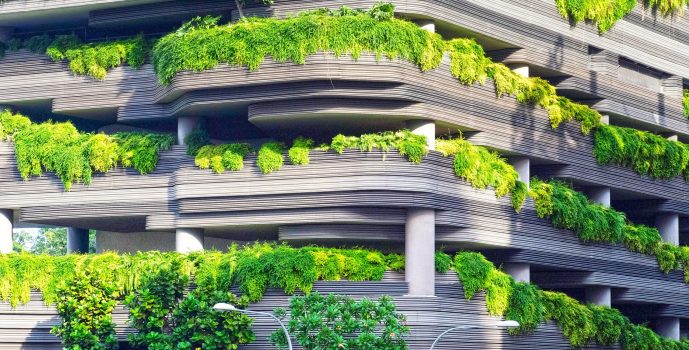Although sustainability in design is not a new concept by any stretch – graphs showing startling changes in pollution levels during 2020’s global lockdowns has brought the matter front-and-centre across not only the design and build sector, but the world over.
The stark reality of climate change is now in greater focus than ever, and while there is still a long way for us to go before we meet our nation’s clean energy targets, architects, designers, construction workers, and residents each have a vital role to play in protecting our planet.
That’s why the buck shouldn’t stop with the developer when it comes to making a commercial property more sustainable – moreover, logistics and layout also have a massive part to play in encouraging sustainable behaviour in the people which use the space.
Form, function, and usability
The physical structure of any building is often considered to be the leading element of any design. But, before putting pencil to paper, any designer should question whether shape, layout, material, and infrastructure will affect energy consumption.
Understanding the point of a building naturally influences its design, but could elaborate creations come at a cost to usability – and is there a case for incorporating renewable energy solutions from the early stages?
In order to reach zero waste quotas, products must be durable enough to last for a long time or be fully recyclable and able to be transformed completely into new products when their purpose has been served elsewhere – so take that into account during the procurement phase.
Finding the right furniture
By its very nature, designing for sustainability should consider the materials adapted in a building and the way in which we’re to use the building. But what about the ‘things’ we fill the space with?
From infrastructure and storage, to fixtures, fitting and furniture, whether you’re staunchly minimalist or are happy to make do with the latest flat-pack trends, it’s important to note that the majority of environmental impact occurs during the earliest and last phases of the life cycle: extracting, processing, recovering, and disposing of materials, and transportation.
While there are plenty of places to source ‘preloved’ products for your building, it’s interesting to note that IKEA recently unveiled plans to buy back customers’ unwanted furniture – in a bid to reach its goal of becoming a fully circular and climate positive business by 2030.
Perhaps there is a case for flatpack after all?!
Complicated isn’t always the best
While complex contraptions and intricate ornaments might look the bee’s knees – and impress first-time visitors – things which are simple to use, easy to clean, and quick to repair can reduce their likelihood of being thrown away quickly, or disregarded altogether.
In a commercial setting, providing heating controls that don’t look like the inside of a Tardis and setting ‘black and white, double-sided’ as the default print setting can all play a small part in making people, perhaps unknowingly, reduce their carbon footprint.
It might sound obvious, but often a simple design to service a need can be all that’s required.
Changing our behaviour
Try as we might to bring about a new dawn in design – it will all be for nothing if the attitudes and behaviour of the population fail to follow suit. From households, workplaces and larger communities, there’s more to sustainable design than renewable energy and recycling.
The challenge is not to make people feel ‘obliged’ to act more sustainably, but for products and services to make it easy to choose a ‘greener’ option. Of course, we would be well on our way to achieving EU targets if the public ‘cared’ on an equal level – but awareness campaigns and simple solutions will help to pave the way.
It’s human nature to turn on the heating if we’re cold, and throw cardboard food cartons into the bin when we’ve finished eating. Yet, ‘solving’ our immediate needs can sometimes be at the detriment of the so-called bigger picture.
The truth is, it’s not that we’re lazy or don’t care about the planet. Rather, we’re busy and simply want to ‘get the job done’.
At Reid Brewin Architects, we try to reconcile economic, social and environmental aspects of human activity to maximise the efficiency of resources, reduce the overall impact on the environment and find a coherent, long term balance between these three factors. Find out more about our commitment to sustainability, here.








